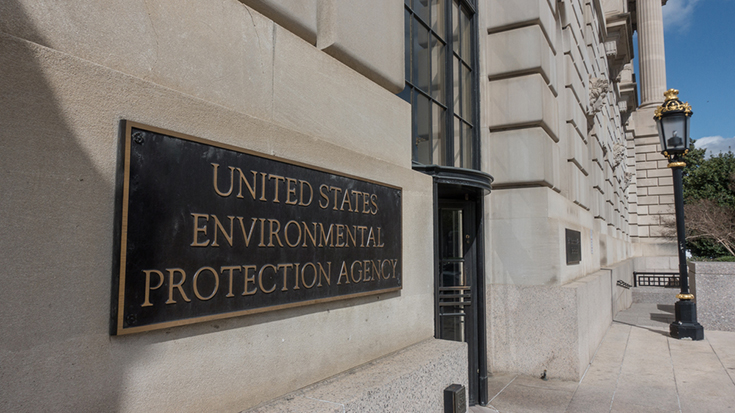
Respiratory therapists follow government regulations and guidelines on a range of issues involving the care of their patients. But becoming a part of government isn’t a common career path. Tracey Mitchell, RRT, AE-C, is an exception to that rule. She explains how she made the transition in the interview below.
When, where, and why did you first become interested in respiratory care?
My grandparents lived with us when I was a child and my grandfather had COPD/emphysema. I remember his barreled-chest and him struggling to catch his breath. At the time, I didn’t know about the RT profession but as I started college, I discovered I could become an RT and help people with breathing problems like my grandfather.
Where did you go to RT school and when did you graduate?
I am a proud 1988 graduate of Youngstown State University.
How long did you work as a traditional RT and what did you most like about that role?
After graduation, I began working the nightshift on general med/surg floors and occasionally rotated into the NICU/PICU at a hospital in my hometown of Youngstown, OH. Although I disliked nightshift and my body clock never adjusted to being up all night, I discovered I loved working in pediatrics. I moved to Fairfax, VA, to accept a full-time day shift position in the NICU/PICU, where I worked for about eight years and advanced to lead RRT. I then became interested in diagnostics and went on to become an RPFT, starting the hospital’s pediatric pulmonary function lab, assisting in bronchoscopies, and performing PFTs.
A couple of years later, I was offered a position as the education coordinator at the Allergy and Asthma Network/Mothers of Asthmatics (AANMA) where I developed and conducted asthma education programs for practitioners, patients, and their families based on the National Asthma Education and Prevention Program (NAEPP) Guidelines for the Diagnosis and Management of Asthma. I also served as the AANMA representative to the NAEPP’s Patient Education Sub-Committee, where I learned about a job opportunity at the Environmental Protection Agency (EPA).
What did it take to get the EPA position?
At the time, EPA was increasing its efforts around indoor air quality and the contribution that indoor environmental triggers have on asthma. EPA was not specifically looking for an RT but I was hired for my expertise in pediatric respiratory care and asthma. I began my career at EPA in March of 1997 in the Indoor Environments Division.
Tell me a little about your job at the EPA and how your background as a respiratory therapist helps you in the position.
I am an environmental protection specialist in the Indoor Environments Division. Because Americans spend up to 90 percent of their time indoors, it is important for people with asthma to identify and reduce exposures to indoor asthma triggers. EPA provides grants to a number of nonprofit organizations to help them raise awareness and provide comprehensive asthma care that includes medical management and environmental interventions.
My job entails a variety of activities and responsibilities, including the development of outreach and education materials about indoor asthma triggers. I also manage grants and coordinate with colleagues at other federal agencies and nonprofit organizations to set national guidelines and guidance. I became a certified asthma educator several years ago, and while I miss direct patient care, I am excited to know that my work at the national level positively impacts many more people with asthma than I could ever reach on my own.
Do you think opportunities exist for other RTs to move into government roles such as the one you have at the EPA?
It is a challenging time to be working for the government, with budget cuts and downsizing. In fact, my office has been under a hiring freeze on and off for many years. I think that government agencies like the Centers for Disease Control and Prevention or National Institutes of Health may have opportunities for RTs. As far as I know, I am the only RT/AE-C at EPA, and I hope I am representing the profession well.
What advice do you have for other RTs who might like to follow in your footsteps?
As RTs, we have specific skills and expertise that can be applied to a variety of different positions. Our ability to handle stressful, sometimes life and death, situations, juggle many tasks and patients, and organize and prioritize our work are assets that can translate to the business world and beyond. Don’t be afraid to take a risk and apply for a job that is outside the box.





